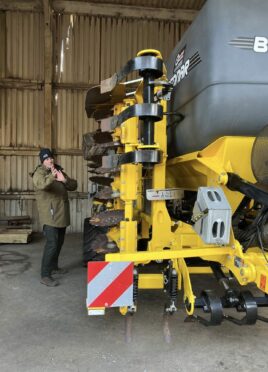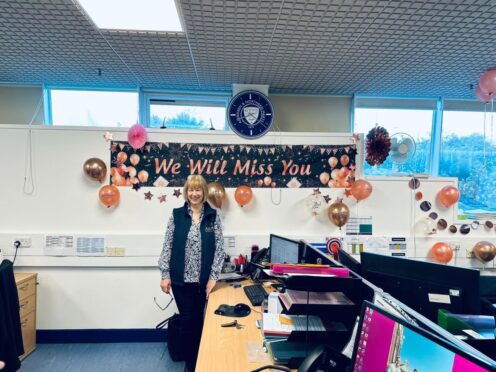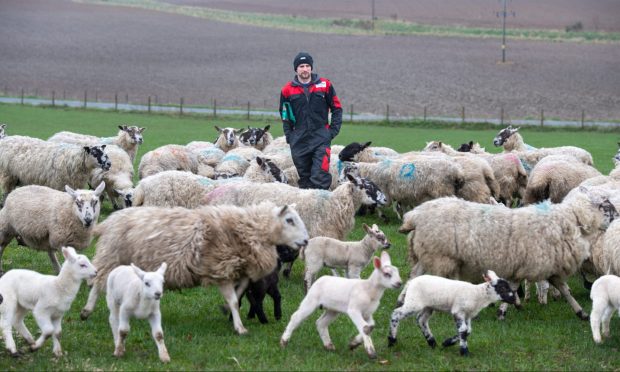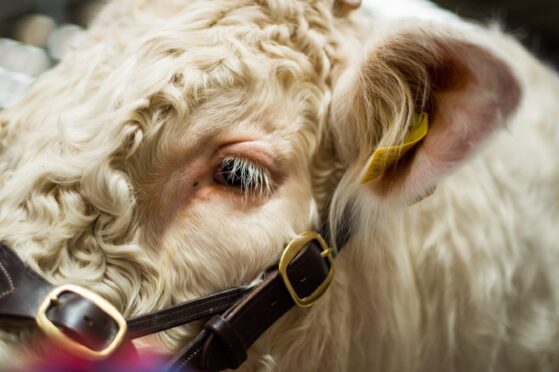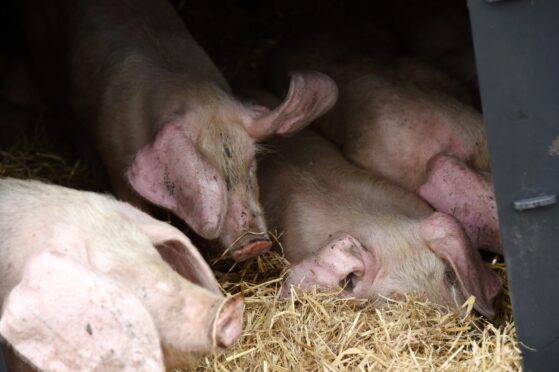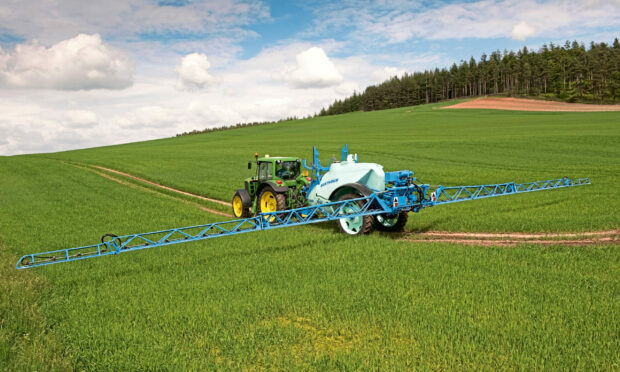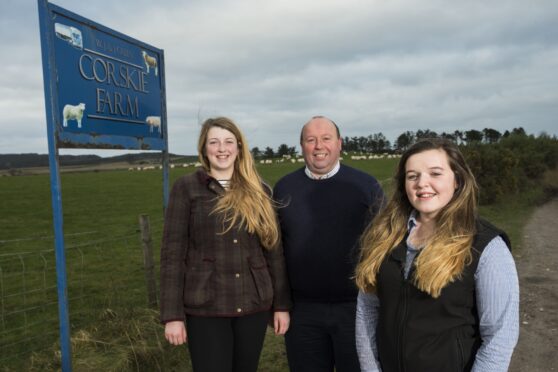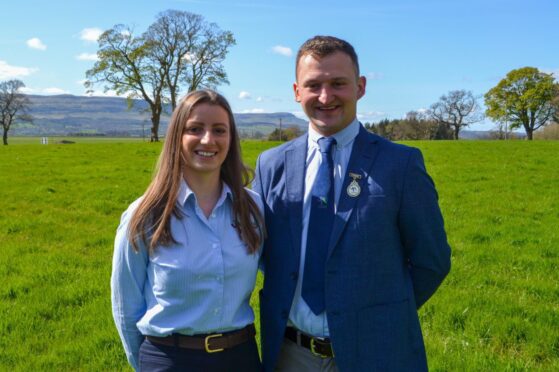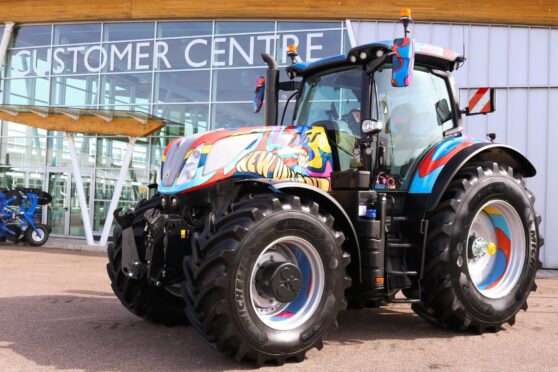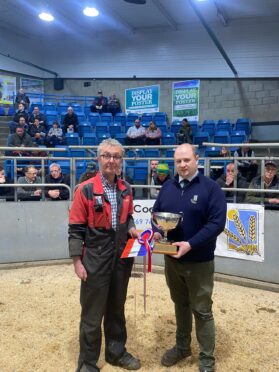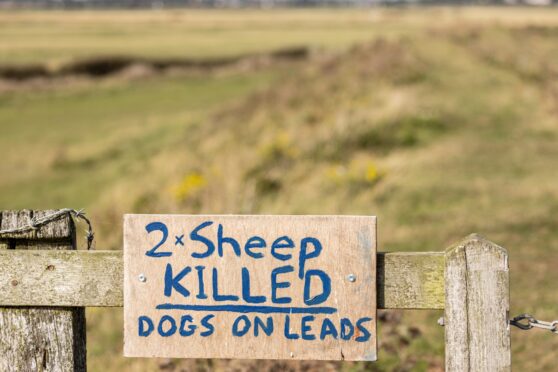Soil health and best use of data for decision making is key for the McNicols who farm at one of Scotland’s new monitor farms in East Lothian.
Farmers and other members of the agricultural community gathered at the 164-hectare Castleton Farm in January for the first meeting.
Attendees gained insights into the farm’s operations, including the crops grown, use of data and technology, and the focus on soil health.
Based near North Berwick, the farm is run by Stuart McNicol alongside his father Bill, who works part-time on the unit.
The farm grows mainly cereals, including 110 hectares of wheat and spring barley for malting, as well as spring beans. Some land is let out to grow potatoes, and cover crops are grown for overwintering sheep.
Stuart’s wife Jo, manages the farm’s agritourism enterprises, including a wedding venue, plus a bakery kitchen and a coffeehouse called DRIFT.
The farm has also diversified into storage units for let, and the McNicols have recently planted 2,000 fruit trees for juicing and future cidery.
A simple and money-saving approach is taken to grow crops, only ploughing if needed, and using a strip-till drill.
This approach uses only 5 litres per hectare of fuel compared to 30 litres/hectare for other combined cultivations, and Stuart also takes steps to reduce compaction, as there is a strong focus on soil health at Castleton.
He uses variable rate applications at drilling and for applying fertilisers and lime.
Stuart said he was trying to make life easier for himself as there is only him and one tractor.
On becoming a monitor farm, he said: “It’s about being able to speak to people and explain why you’re doing what you do,” said Stuart.
“It’s knowledge transfer; trying to make things better not just for me, but for the industry.”
Attendees discussed other potential ideas such as reducing fertiliser use, increasing the number of sheep on the land, and implementing renewables schemes.
Stuart is also keen to look at how to establish cover crops in a growing cash crop, reducing artificial fertiliser use with the help of sheep, and the potential for using the farm’s sprayer to apply ‘home-brew’ nutrients to crops.
Jo also gave attendees a glimpse into the agritourism side of the business, which could potentially provide an opportunity for farm-to-fork initiatives.
The McNicols and regional adviser Maura Wilson, will be working with the two other monitor farms in the south cluster (Barnbackle, in Dumfriesshire, and Cowbog, in Roxburghshire).
They will be holding a joint meeting in early March which will be open to all.
Stuart has plenty of enthusiasm about the monitor farm project.
“It’s not just about improving this farm, but agriculture across Scotland. We’ve some very challenging times ahead and we need to be prepared for them. That’s where the monitor farm can come in.”
